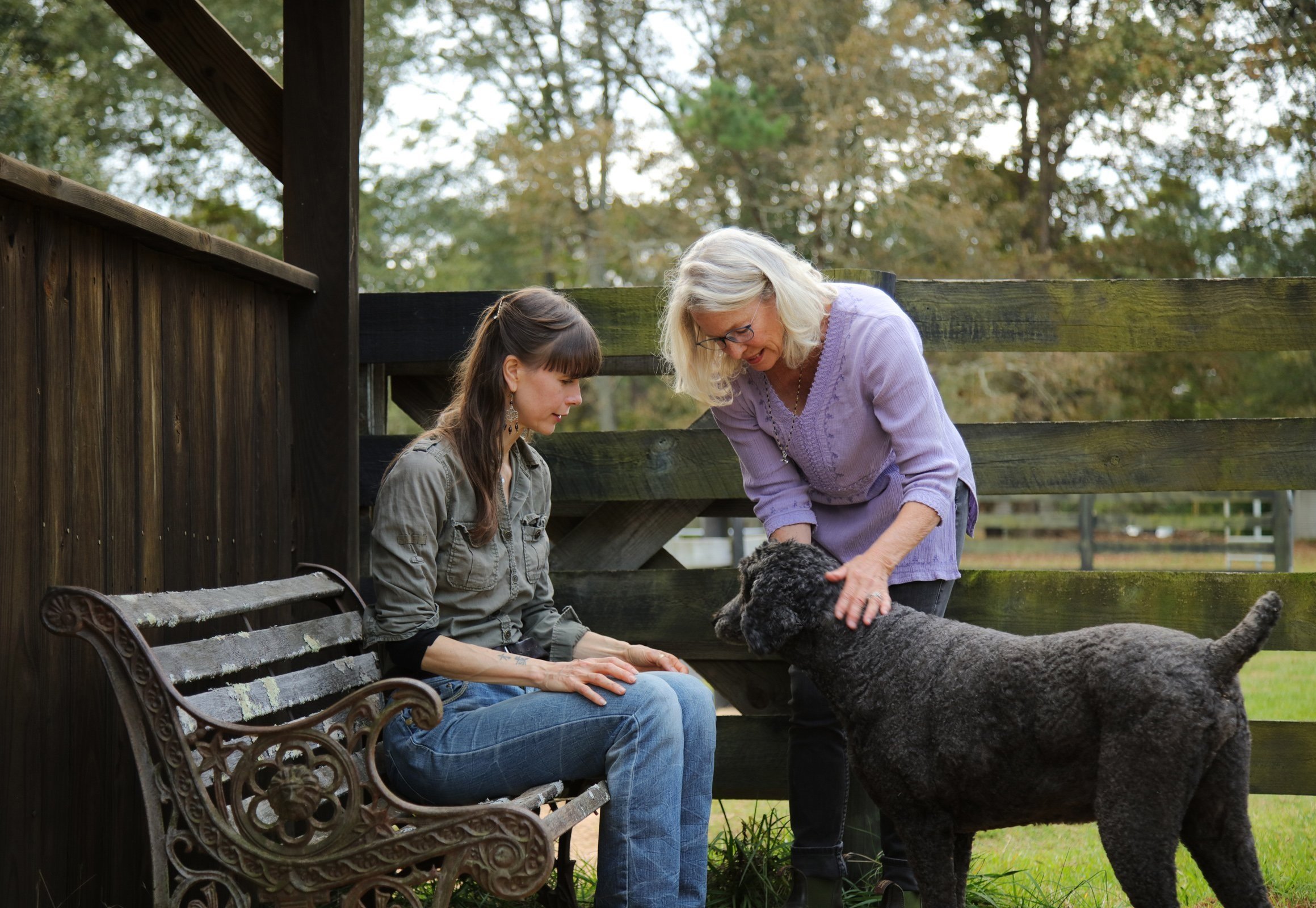
Introduction:
Dogs are remarkable creatures that use their bodies, expressions, and behaviors to communicate with us. One fascinating aspect of their communication is their tongue-related gestures. In this article, we’ll delve into the captivating world of Trixie tongue tricks. We’ll explore 25 creative and engaging ways to understand and connect with your furry companion using their tongue. From playful expressions to subtle signals, these tongue tricks reveal the depth of communication between humans and dogs.
Trixie Tongue Tricks: Navigating the Canine Language
Dogs have a wide array of tongue tricks that they use to convey various emotions and intentions. These tricks often involve tongue movements, positions, and interactions. Let’s explore some of the most intriguing Trixie tongue tricks:
1. The “Lick of Affection”
The classic display of love, a gentle lick on your hand or face is your pup’s way of showing affection and bonding.
2. The “Joyful Panting”
Tongue out, ears perked up, and tail wagging – this is the unmistakable sign of a happy and excited dog.
3. The “Submissive Lick”
When a dog licks another dog’s face, it signifies submission and respect, a gesture that fosters harmony in their social hierarchy.
4. The “Food Anticipation”
Ever seen your dog’s tongue hanging out while they wait for a treat? It’s their way of expressing excitement and eagerness.
5. The “Playful Wiggle”
During playtime, a dog might let their tongue hang out while hopping around, indicating their readiness to engage in a fun activity.
6. The “Contentment Stretch”
After a nap, a dog might yawn and stretch with their tongue slightly out, symbolizing relaxation and contentment.
7. The “Apology Lick”
When a dog senses your displeasure, they might offer an apologetic lick as a way to make amends.
8. The “Curious Flick”
If your dog flicks their tongue in and out while observing something new, they’re displaying curiosity and intrigue.
9. The “Social Bonding”
Dogs engage in mutual tongue licking to solidify social bonds within their pack or with their human companions.
10. The “Respectful Greeting”
When dogs greet each other, they often engage in a quick nose-to-nose interaction with their tongues slightly out, signifying a respectful greeting.
11. The “Attention-Seeking Show”
A dog might purposefully let their tongue hang out and look at you, seeking your attention and interaction.
12. The “Comfortable Rest”
During a nap, a dog might rest their chin on their paws with their tongue slightly out, representing relaxation and tranquility.
13. The “Tongue Flicking”
Repeated tongue flicks could indicate a dog’s discomfort, potentially due to an irritating sensation or anxiety.
14. The “Tongue Curl”
A relaxed dog might curl their tongue slightly while lying down, reflecting their comfort and ease.
15. The “Play Invitation”
Dogs often use tongue-out play bows to invite other dogs or humans to engage in play.
16. The “Warm Weather Panting”
On a hot day, dogs pant with their tongues out to regulate body temperature and cool down.
17. The “Licking the Bowl”
After finishing a meal, licking the bowl is a dog’s way of savoring the last bits and showing contentment.
18. The “Nervous Licking”
If a dog licks their lips frequently, it could indicate nervousness, especially in unfamiliar situations.

19. The “Owner’s Comfort”
Some dogs gently lick their owner’s hand or face when they sense distress, offering comfort and reassurance.
20. The “Tongue-Focused Play”
In interactive play, dogs might nibble or gently bite their own tongue as a playful gesture.
21. The “Playful Tug”
During a tug-of-war game, a dog might tug their own tongue with their paw, adding an extra layer of fun.
22. The “Tongue Display”
For attention or treats, dogs might intentionally display their tongue by lifting their lips in a friendly grin.
23. The “Listening Pose”
When a dog positions their tongue slightly out while attentively listening, they’re focused on the sounds around them.
24. The “Excitement Overflow”
During an exuberant moment, a dog might jump and spin with their tongue hanging out, showcasing boundless excitement.
25. The “Relaxed Belly-Up”
When a dog rolls onto their back with their tongue out, it’s a sign of trust and submission, inviting belly rubs and interaction.
FAQs
Q: Can excessive licking indicate a health issue in my dog? A: Yes, excessive licking could be a sign of discomfort, allergies, or skin issues. If your dog licks excessively, it’s best to consult a veterinarian.
Q: Why does my dog’s tongue hang out even when they’re not panting? A: Some dog breeds have shorter snouts, making it more natural for their tongues to hang out. Additionally, this could be a sign of relaxation or contentment.
Q: How can I encourage my dog to play using tongue-related tricks? A: Engage in interactive play sessions with your dog, incorporating toys and treats. As they become more comfortable, they might naturally exhibit tongue-related play behaviors.
Q: What does it mean when my dog licks my face? A: Dogs often lick their owners’ faces as a sign of affection, submission, and bonding. It’s a display of trust and love.
Q: Are there any tongue-related tricks that indicate stress in dogs? A: Yes, rapid or excessive tongue flicking, lip licking, or yawning can be signs of stress or anxiety in dogs. It’s important to create a calm and comfortable environment for your pet.
Q: Can I teach my dog specific tongue tricks? A: While dogs naturally exhibit various tongue-related behaviors, you can reinforce positive interactions through training and rewards. However, it’s essential to respect your dog’s comfort level.
Conclusion:
Trixie tongue tricks provide a unique window into the world of canine communication. By understanding and interpreting these gestures, you can strengthen the bond with your four-legged companion. Remember that every dog is an individual, so observe their behavior with care and patience. Embrace the enchanting language of tongues and unlock a deeper connection with your furry friend.

